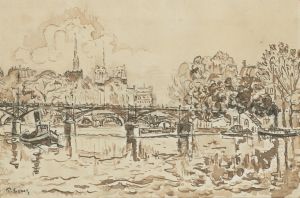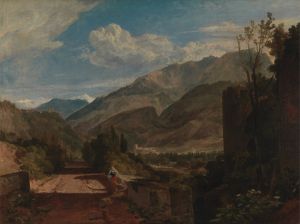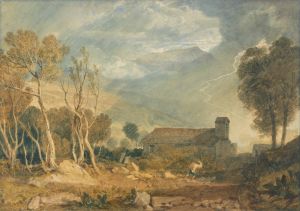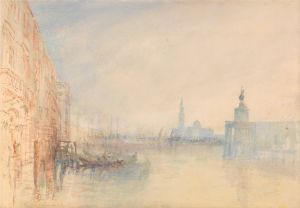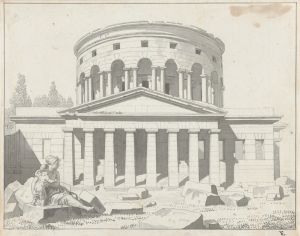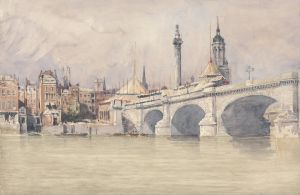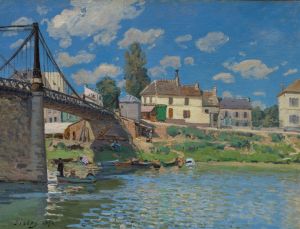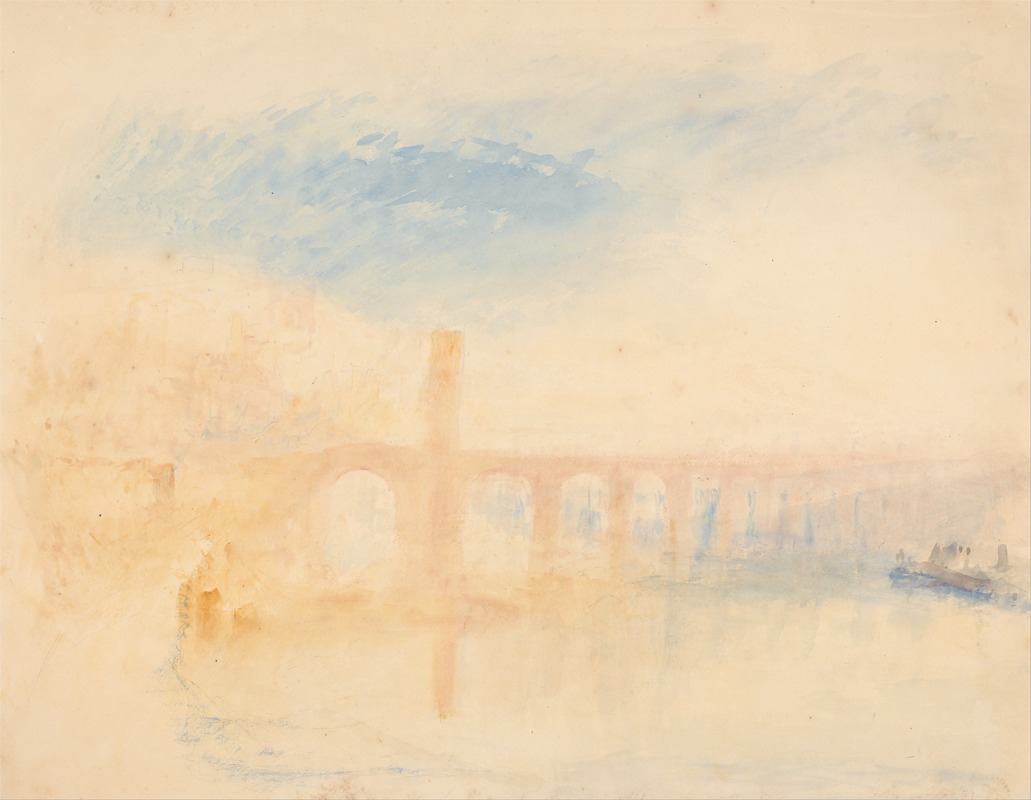
The Moselle Bridge, Coblenz
A hand-painted replica of Joseph Mallord William Turner’s masterpiece The Moselle Bridge, Coblenz, meticulously crafted by professional artists to capture the true essence of the original. Each piece is created with museum-quality canvas and rare mineral pigments, carefully painted by experienced artists with delicate brushstrokes and rich, layered colors to perfectly recreate the texture of the original artwork. Unlike machine-printed reproductions, this hand-painted version brings the painting to life, infused with the artist’s emotions and skill in every stroke. Whether for personal collection or home decoration, it instantly elevates the artistic atmosphere of any space.
Joseph Mallord William Turner, an eminent British artist known for his expressive colorization, imaginative landscapes, and turbulent marine paintings, created "The Moselle Bridge, Coblenz" during his extensive travels across Europe. Turner was particularly fascinated by the picturesque and dramatic landscapes of the continent, which he captured in numerous sketches and paintings throughout his career. This particular work is a testament to his skill in rendering architectural and natural elements with a sense of atmosphere and light.
"The Moselle Bridge, Coblenz" depicts the bridge over the Moselle River in the city of Koblenz, Germany. Koblenz is a historic city situated at the confluence of the Rhine and Moselle rivers, an area known for its scenic beauty and strategic importance. The bridge itself is an architectural landmark, providing a vital connection across the Moselle and serving as a key feature in the city's landscape.
Turner's depiction of the Moselle Bridge is characterized by his masterful use of light and shadow, which imbues the scene with a sense of movement and vitality. The painting captures the interplay between the natural environment and human-made structures, a common theme in Turner's work. The bridge is portrayed with a delicate yet robust structure, spanning the river with a series of arches that reflect in the water below. This reflection creates a harmonious balance between the solid form of the bridge and the fluidity of the river, a technique Turner often employed to enhance the visual impact of his compositions.
The surrounding landscape in the painting is rendered with Turner's signature atmospheric effects. The sky is depicted with swirling clouds and subtle gradations of color, suggesting a dynamic weather pattern that adds drama to the scene. The use of light is particularly notable, as Turner captures the way sunlight filters through the clouds and illuminates the bridge and river, creating a luminous quality that draws the viewer's eye across the canvas.
Turner's interest in the Moselle Bridge and the city of Koblenz likely stemmed from his broader fascination with the Rhine region, which he visited multiple times throughout his life. The area was a popular destination for artists and travelers during the 19th century, celebrated for its romantic landscapes and historical significance. Turner's works from this region often reflect his appreciation for its natural beauty and cultural heritage.
"The Moselle Bridge, Coblenz" is a fine example of Turner's ability to blend topographical accuracy with artistic interpretation. His attention to detail and his innovative use of color and light make this painting a compelling representation of both the specific location and the broader themes of nature and human achievement. As with many of Turner's works, this painting invites viewers to contemplate the relationship between the built environment and the natural world, a theme that remains relevant in the study of art and landscape today.





